COLLATERAL DAMAGE: The Human Face of War
Since its inception photography has played an important role in documenting the effects of war. This exhibit features four very brave photographers who show us some of the unintended consequences of war.
COLLATERAL DAMAGE: The Human Face of War opens at the Stephen Daiter Gallery Friday September 7th. The exhibit will be on view thru December 1, 2012. A reception for the artists will be held at the gallery on Sunday September 23 from 10 am to 1 pm. the reception is on the one year anniversary weekend of the repeal of "Don't Ask/Don't Tell."
Some proceeds from the sales of prints in the exhibition will benefit post-traumatic stress support groups such as Wounded Warriors. In the case of sales of prints from the Gays in the Military series, funds will be sent to the Service members Legal Defense Network, an organization that advocates for LGBT personnel.
The following tells more about the photographers featured in the exhibit.
Samantha Appleton examines the maleness of the atmosphere of war. She photographed men and boys, soldiers and civilians, as they move through the fog of war. Samantha Appleton is a photographer concentrating on historic trends. She began her career as a writer and became a photographer after assisting James Nachtwey. Her work strives to show that quiet, subtle moments make up the complicated components of large news stories. The bulk of her career has covered many of the most tumultuous, man-made events of the past decade. Primary stories have included conflict in Iraq, Afghanistan and Lebanon, social issues in Africa, and immigration in the US. She has won numerous awards including Pictures of the Year, World Press Master Class, American Photography and Camera Arts. She was most recently an Official White House Photographer for the Obama administration. In addition to her photography, she is currently writing a non-fiction book project on Iraq.
Vincent Cianni shares works from his ongoing project, “Gays in the Military: How America Thanked Me”. This oral history and photographic project documents gay and lesbian service members and veterans from World War II to the present and is based on their experiences in the military and the effects that the ban on homosexuality had on their careers and lives. Cianni is an award-winning documentary photographer and educator whose work explores community and memory, the human condition, and the use of image, word and text. His photo essay, We Skate Hardcore, (published by NYU Press and the Center for Documentary Studies 2004) was awarded the American Association of University Presses’ Best Book Design. His photographs have been shown in numerous exhibitions nationally and internationally and a major survey of his work was exhibited at the Museum of the City of New York in 2006. With some eighty portraits and profiles already recorded the body of work presents a powerful indictment of entrenched military policies and protocols over the last half century.
Ashley Gilbertson goes to the heart of the matter with a quiet homage to the soldiers who will never come home in his “Bedrooms of the Fallen”. This haunting project, begun in 2007, speaks volumes in its silent observations of the upended symbols of safety, privacy and comfort – bedrooms furnished as if the young people had just stepped away, and tended to like precious grave sites by bereaved parents. “Bedrooms of the Fallen” debuted in the New York Times Magazine and went on to win the National Magazine Award for Documentary Photography. Gilbertson, who won the prestigious Robert Capa Gold medal, was a freelancer in his twenties from Australia when he first began going to Iraq, mostly for the New York Times. Four years of his experiences have been recorded in WHISKEY TANGO FOXTROT (The University of Chicago 2007). Gilbertson is represented by VII agency and has recently been examining veterans’ issues including Post Traumatic Stress and suicide for Time Magazine, the Virginia Quarterly Review, and the Times.
Stephanie Sinclair creates compassionate art reportage out of almost indescribable pain. Her photographs in this exhibition center on the suffering of the women of Afghanistan. Her subjects have been the victims of such pernicious and continual violence at the hands of men that they have taken to acts of self-immolation. Sinclair gained the trust of these women, in treatment for the self-inflicted burns at a rudimentary public hospital in the town of Herat in western Afghanistan. By consenting to be photographed at their most vulnerable, these women exhibit a rare bravery – a protest against the forces that brought them to commit such acts of utter desperation. Prints from this series were exhibited at the Whitney’s 2010 Biennial as “Self-immolation in Afghanistan: A Cry for Help”. A second project exhibited “Never Ending War” documents her experience in Iraq. Sinclair, who covered the start of the war in Iraq for the Chicago Tribune, is a photojournalist known for gaining unique access to the most sensitive gender and civil rights issues around the world. She covered troubled regions in the Middle East for six years as a freelancer and is now represented by VII photo agency. She contributes regularly to National Geographic, the New York Times Magazine, Time, Newsweek, Stern, Geo, and Marie Claire, among others. She has been the recipient of numerous awards for her humanitarian reportage.
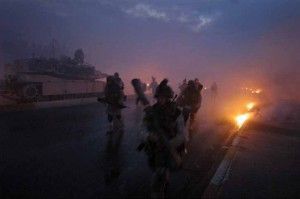 Ashley Gilbertson "Whiskey Tango Foxtrot" series |
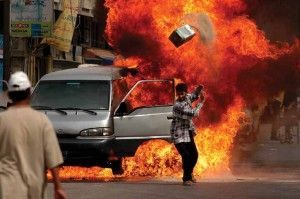 Ashley Gilbertson "Whiskey Tango Foxtrot" series |
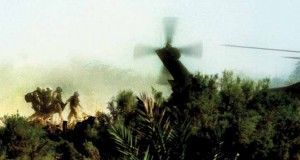 Samantha Appleton "Men with War" series |
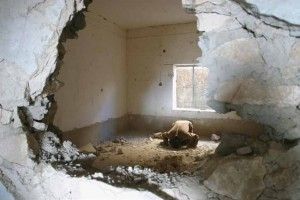 Samantha Appleton "Men with War" series |
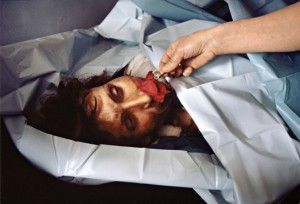 Stephanie Sinclair “Self-immolation in Afghanistan: A cry for help” series |
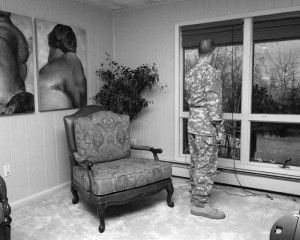 Vincent Cianni “Gays in the Military: How America Thanked Me” series
|
COLLATERAL DAMAGE: The Human Face of War
September 7, 2012 - December 1, 2012
Stephen Daiter Gallery
Chicago, IL
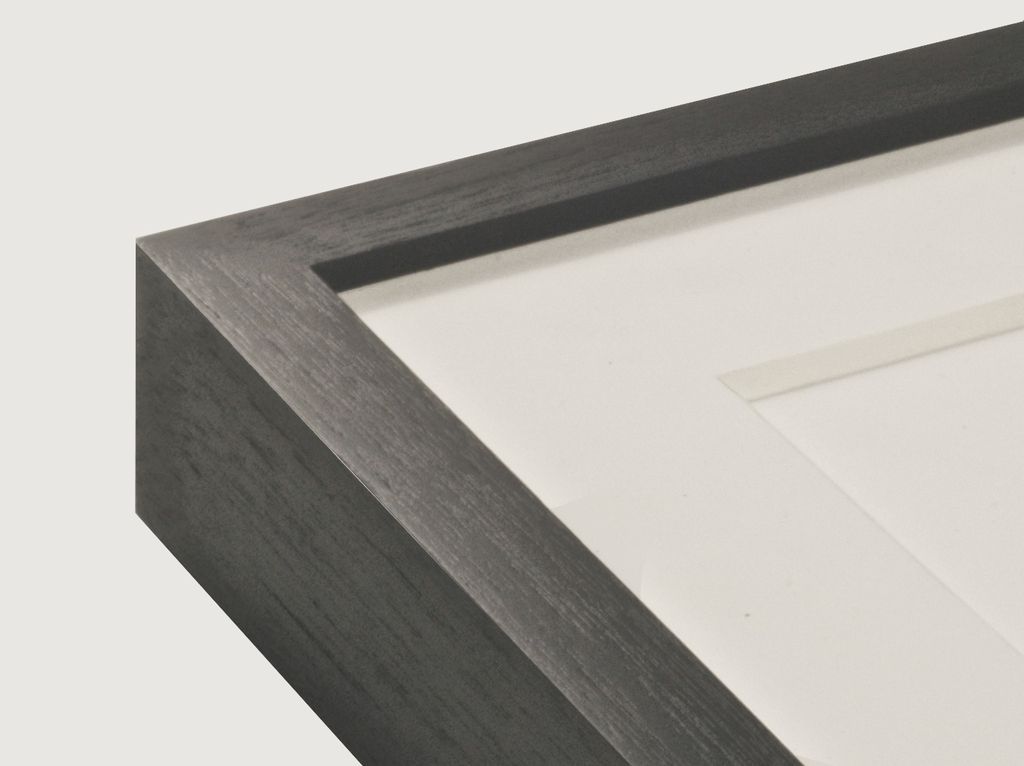
METRO GALLERY FRAME
Standard Profile: 101
Type: standard gallery frame
Wood & Finish: walnut wood frame with ebony finish
Purchasing Options: joined wood frame
Framing Advice: fitting gallery frames
